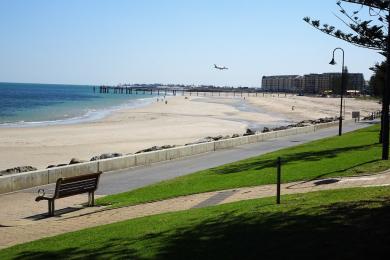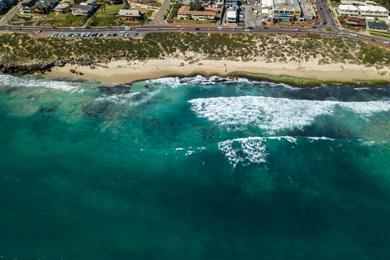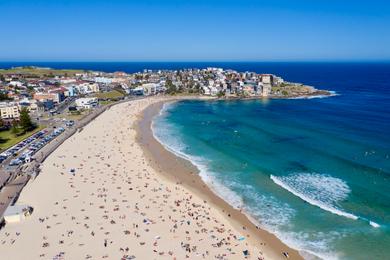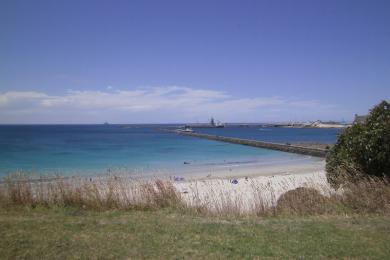Overview
Copper sharks are characterized by their distinctive copper-bronze coloration, which gives them their name. They have a slender, fusiform body with a pointed snout and large, widely spaced eyes. Copper sharks can be distinguished from other similar species, such as the blacktip shark, by their lack of a black tip on their first dorsal fin and their more pronounced copper coloration.
Commonly found in:
- Australia
- South Africa
- New Zealand
- Japan
- Brazil
- Chile
- Portugal
- Spain
- Morocco
- Senegal
- Namibia
- Mozambique
- Madagascar
- India
- Indonesia
Over the past 112 years, there have been 87 recorded attacks by copper sharks. Of these attacks, they have occurred at sea and at the following beaches:
Size and Weight
- Size: Males average between 6.6-8.2 feet when mature; females average between 7.2-8.9 feet when mature
- Weight: Males typically weigh 110-220 pounds; females typically weigh 132-304 pounds
- Swimming speed: Average cruising speed of 2.2-2.9 mph
Interaction with Humans
- Interaction with Humans: Generally not aggressive, but may investigate out of curiosity
- Avoidance: Stay out of the water during low light conditions
- Activity: Most active at dawn and dusk
Lifespan and Diet
- Lifespan: Males live approximately 20-25 years; females live approximately 25-30 years
- Diet: Fish, squid, and smaller sharks; hunts by pursuing prey in the water column
Migratory Patterns
Copper sharks exhibit seasonal migratory patterns. They typically start their migration from temperate waters off the coasts of South Africa, southern Australia, and New Zealand during the winter months. As temperatures warm, they move towards cooler waters, often traveling to areas off the coasts of Namibia, southern Brazil, and northern New Zealand. Some populations have been observed moving between coastal and offshore waters, with individuals recorded traveling distances of up to 1,320 km. In the western North Atlantic, copper sharks migrate northward along the east coast of the United States during summer, reaching as far as New England, before returning south to Florida and the Gulf of Mexico in winter.








